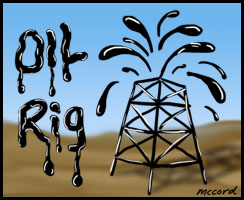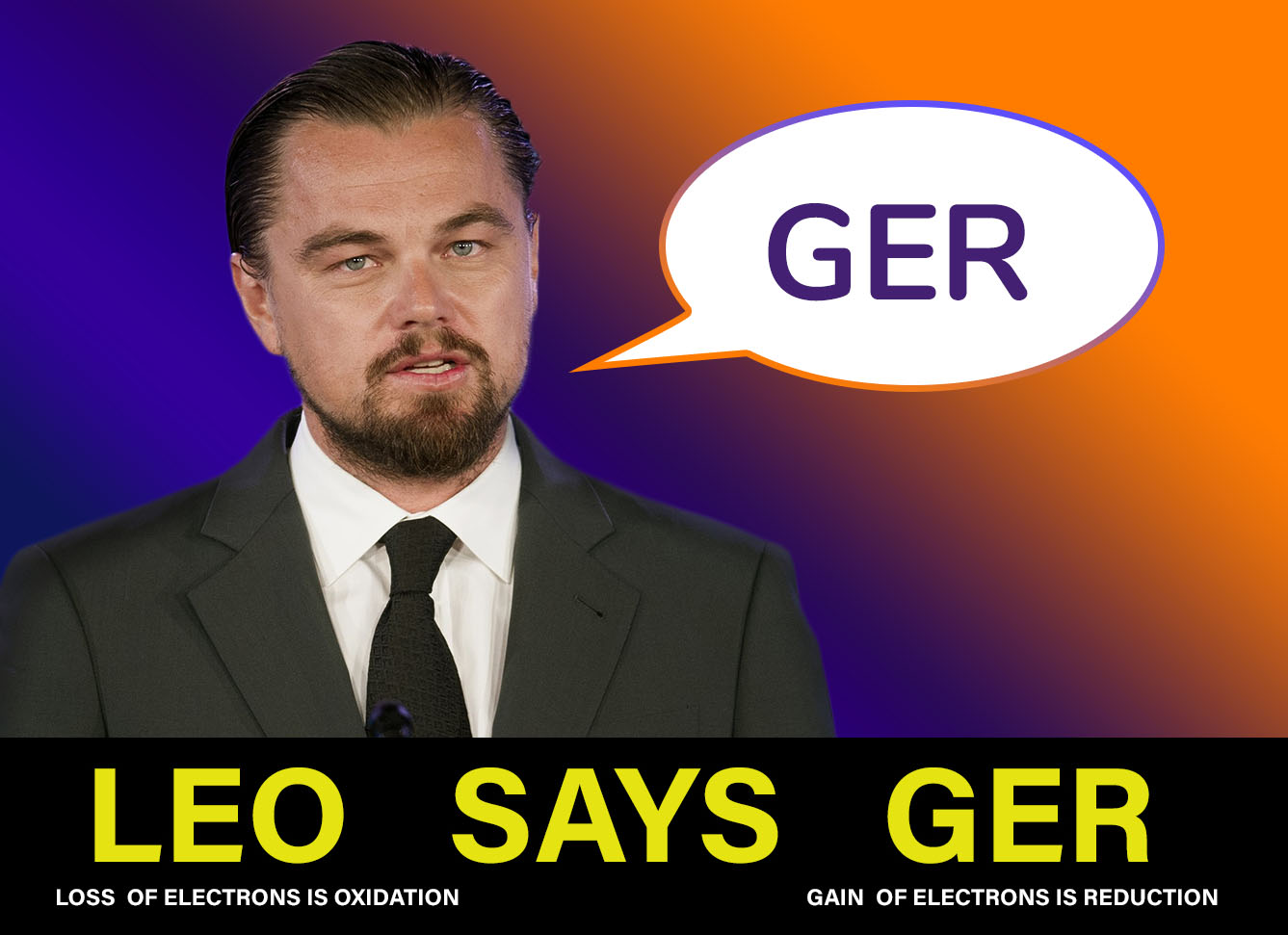Redox Reactions
Electrochemistry is a division of chemistry that depends on the electrochemical behavior of substances. Specifically, the nature of a substance to push or pull electrons from another substance. Any reaction that involves the transfer of electrons from one species to another is called a redox reaction. Redox is an abbreviated form of saying reduction-oxidation. Electrochemistry is built on the shoulders of the combination of reduction reactions in tandem with oxidation reactions. Here are the specific definitions.
reduction
- the gain of electrons
- the decrease↓ in oxidation number
- the increase↑ of H in a substance
- the decrease↓ of O in a substance
oxidation
- the loss of electrons
- the increase↑ in oxidation number
- the decrease↓ of H in a substance
- the increase↑ of O in a substance
The first definition is the most important one. The others are very helpful at times but not always. For instance, a redox reaction can take place with no H or O in the formulas, so those last two definitions are only helpful with certain compounds - but helpful none-the-less, so I included them. Below are two "classic" helpful mnemonics to assist you in remembering. Leo says ger... loss electrons oxidation / gain electrons reduction. Or...oil rig... oxidation is loss / reduction is gain. Take your pick - draw your own.


A Truly Classic Example
The Daniell Cell is a classic electrochemical cell used as an example of an electrochemical reaction. It happens to be one of the easiest redox reactions to see and understand.
| reduction | Cu2+(aq) + 2e– | → | Cu(s) |
| oxidation | Zn(s) | → | Zn2+(aq) + 2e– |
| net rxn | Cu2+(aq) + Zn(s) | → | Cu(s) + Zn2+(aq) |
Study it - get the "lingo" down...
The Cu2+ ion gains 2 electrons and is therefore reduced. It also facilitates the removal of 2 electrons from zinc, thus making the Cu2+ the oxidizing agent. The Zn loses 2 electrons and is therefore oxidized. It facilitates the gain of electrons for copper(II) ion, thus making Zn the reducing agent. Know the way we define and use the word agent here. Like it says "get the lingo down".
reducing agent
- the species that causes a reduction in another species
- the species that pushes electrons on to the species that is reduced
- the species that itself is oxidized during a redox reaction
- often is H itself (or the carrier of H) when it attaches to organic species
- an electron pusher
oxidizing agent
- the species that causes an oxidation in another species
- the species that pulls electrons away from the species that is oxidized
- the species that itself is reduced during a redox reaction
- often is O itself (or the carrier of O) when it attaches to organic species
- an electron puller
